About
About
The Calcutta High Court is the oldest High Court in India. It has jurisdiction over the State of West Bengal and the Union Territory of the Andaman and Nicobar Islands. The High Court building''s design is based on the Cloth Hall, Ypres, in Belgium. The court has a sanctioned judge strength of 72.
History
The Calcutta high Court is one of the three High Courts in India established at the Presidency Towns by Letters patent granted by Her Majesty Queen Victoria, bearing date June 26, 1862, and is the oldest High Court in India. It was established as the High Court of Judicature at Fort William on July 1, 1862 under the High Courts Act, 1861, which was preceded by the Supreme Court of Judicature at Fort William. Despite the name of the city having officially changed from Calcutta to Kolkata in 2001, the Court, as an institution retained the old name. The bill to rename it as Kolkata High Court was approved by the Cabinet on July 5, 2016 alongside renaming of its two other counterparts in Chennai and Mumbai However, the High Court still retains the old name.
Principal seat and benches
The seat of the Calcutta High Court is at Kolkata, capital of West Bengal. As per the Calcutta High Court (Extension of Jurisdiction) Act, 1953, the Calcutta High Court''s jurisdiction was extended to cover Chandernagore (now called Chandannagar) and the Andaman and Nicobar Islands as of 2 May 1950. The Calcutta High Court extended its Circuit Bench in Port Blair, the capital of the Andaman and Nicobar Islands and in Jalpaiguri, the headquarter of the Jalpaiguri division of West Bengal.
Chief Justice
Barnes Peacock was the first Chief Justice of the High Court. He assumed the charge when the court was founded on 1 July 1862. Romesh Chandra Mitter was the first Indian officiating Chief Justice and Phani Bhushan Chakravartti was the first Indian permanent Chief Justice of the court. The longest serving Chief Justice was Sankar Prasad Mitra.
The building
The neo-Gothic High Court building was constructed in 1872, ten years after the establishment of the court itself. The design, by then government architect Walter Granville, was loosely modelled on the 13th-century Cloth Hall at Ypres, Belgium.
